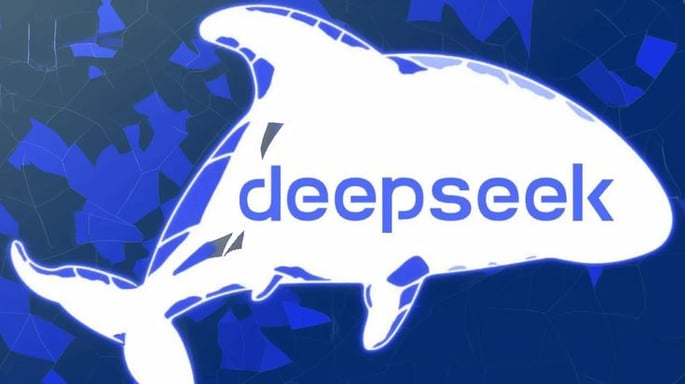DeepSeek proves its 'reasoning' framework delivers better performance than OpenAI's o1 model in specific assessment metrics | Tracer Tecz
The system named DeepSeek demonstrates superior performance to OpenAI's o1 across specific benchmark tests
1/28/20252 min read


DeepSeek released its DeepSeek-R1 reasoning model as an open version through the AI dev platform Hugging Face under an MIT license which the lab states performs equivalent to OpenAI's o1 on specific benchmarks. The R1 model exists on the AI dev platform Hugging Face under an MIT license which allows unrestricted commercial usage. R1 outperforms o1 at all three benchmarks: AIME and MATH-500 alongside SWE-bench Verified according to DeepSeek. The performance evaluation of models uses different approaches in AIME and MATH-500 differs by presenting word problems.
Among its array of tests SWE-bench Verified focuses specifically on programming-related tasks. As a reasoning model R1 implements built-in fact-checking that enables it to bypass standard modeling limitations. Standard nonreasoning models solve problems significantly faster than reasoning models which typically need between a few seconds and multiple minutes to obtain solutions. Models with reasoning capabilities demonstrate superior reliability when processing subjects including physics science and mathematics.
The technical paper released by DeepSeek indicates R1 exists with 671 billion parameters. Academic research shows that greater numbers of parameters enable better problem-solving abilities for models and higher prediction accuracy than basic models with reduced parameterization. The massive scale of R1's 671 billion parameters is followed by several versions of the model with sizes ranging from 1.5 billion parameters to 70 billion parameters which DeepSeek released. The smallest variant requiring only laptop resources.
Users who wish to access the complete R1 computing power through DeepSeek's API enabling price reductions of 90%-95% relative to OpenAI's o1. In a recent X post by CEO Clem Delangue it was reported that developers have produced 500 R1 derivative models which together reached 2.5 million combined downloads while R1 itself received only half that number.
Chinese models operate under internet regulator oversight to verify that their responses align with "core socialist values." Viewing evidence about Tiananmen Square or Taiwan's independence quickly becomes impossible through R1.
The reasoning models among other AI systems in China choose to avoid answering issues that could trigger negative reactions from Chinese authorities about the Xi Jinping leadership. R1 appears just before the departing Biden administration voiced plans to enforce strict new export regulations targeting Chinese sağlay of AI capabilities. Under current rules Chinese firms could not acquire advanced AI chips and upcoming regulations would extend their limitations to both semiconductor components and essential AI operating models needed for sophisticated systems.
OpenAI issued a policy statement last week recommending U.S. government support for domestic AI development because Chinese AI models are threatening U.S. leadership in this field. OpenAI VP of policy Chris Lehane highlighted High Flyer Capital Management. Email Subscribe why connecting ideas matters Modern companies face many challenges in managing their technological operations.
Following DeepSeek and Alibaba and Chinese unicorn Moonshot AI's Kimi three laboratories have announced AI models with capabilities matching those of OpenAI's prolific o1 solution. The first medical facility to demonstrate R1 capabilities was DeepSeek which released its preview announcement during late November. According to George Mason University AI researcher Dean Ball's X post, the current trends indicate Chinese AI labs will maintain their status as quick adopters.
Ball reported that DeepSeek's distilled models showed outstanding results which means capable reasoning systems will keep spreading to operate on local machines beyond formal oversight mechanisms. The piece was first released on January 20 later receiving additional updates on January 27.
Insights
Stay updated on technology and AI advancements.
info@tracertacz.com
© 2024. All rights reserved.
